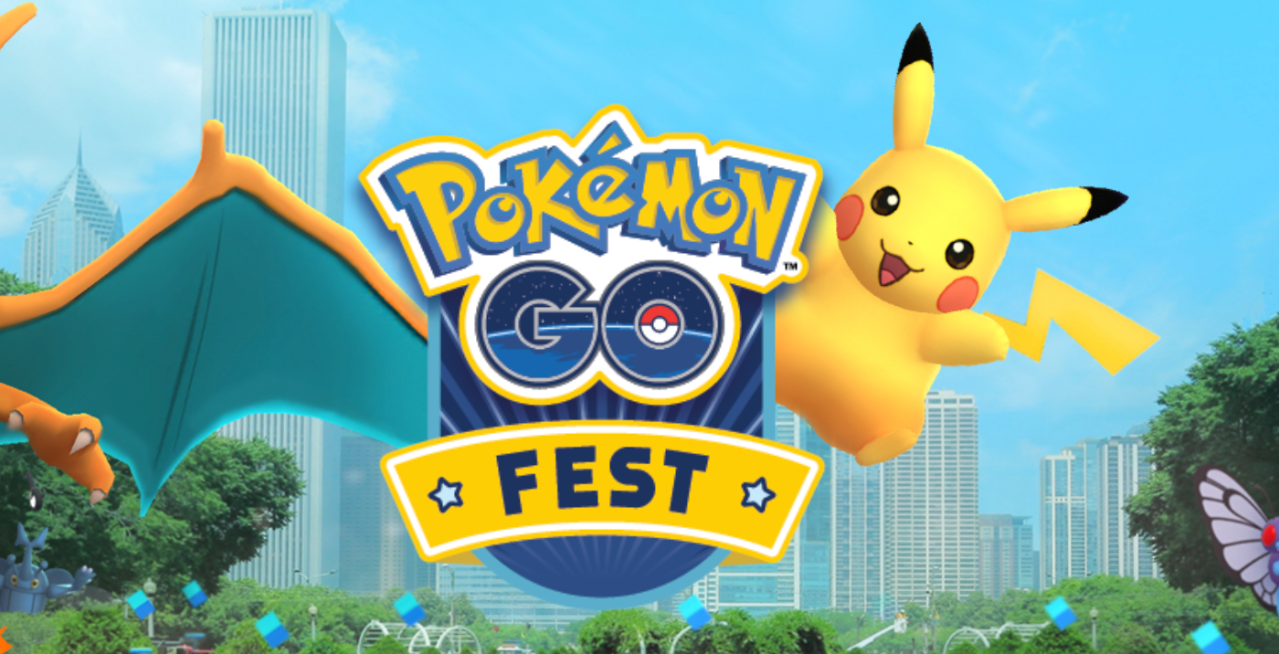In the summer of 2017, Pokémon GO was at the height of its popularity, captivating millions with its unique augmented reality gameplay. Excitement was palpable when Niantic decided to hold Pokémon GO Fest, an event designed for fans to gather and enjoy a day of gaming in Chicago’s iconic Grant Park. However, as history shows, what was intended to be a monumental celebration quickly devolved into chaos, sparking outrage and leading to a significant class action lawsuit. Fast-forward to 2018, and Niantic has announced a $1.575 million settlement to compensate disgruntled attendees. But what went wrong, and what lessons can be learned from this fiasco? Let’s dig deeper.
The Arrival of Chaos
Imagine this: thousands of Pokémon enthusiasts eager to join fellow trainers in a vibrant festival, only to find themselves grappling with connectivity issues and disorganization right at the start. Unfortunately, this was the reality for the roughly 20,000 attendees of Pokémon GO Fest. Initial hopes quickly turned into boos and shouts as players realized that the event they had anticipated for months was falling apart before their eyes.
- Cellular Connectivity Failures: In an event predicated on smartphone technology, attendees found themselves unable to connect to the game, ruining the entire experience.
- Logistical Nightmares: Long lines, confusion over entry, and lack of staff support contributed to the growing frustration among players.
The culmination of these issues led many to throw items on stage in protest and, ultimately, the filing of lawsuits against Niantic. This uproar serves as a poignant reminder of the importance of thorough planning and risk assessment, especially when hosting massive public gatherings centered around technology.
Niantic’s Response and Settlement
In the wake of this disaster, Niantic quickly announced that ticket costs would be refunded. They also provided attendees with $100 worth of in-game currency as a small gesture of goodwill. However, refunds did not account for additional expenses incurred by the festival-goers. Recognizing the need for reparations, Niantic later agreed to settle a class action lawsuit for $1.575 million.
- Eligible Expenses: The settlement would cover various costs, including airfare, hotel accommodations, parking, car rentals, mileage, and tolls.
- Claim Verification: To prevent fraudulent claims, attendees needed to show proof of being at the event through game check-ins and provide receipts for expenses greater than $107.
In an effort to give back to the community, if any funds remain after claims and legal fees, Niantic has pledged to donate the leftover money to the Illinois Bar Foundation and Chicago Run, an organization focused on youth fitness.
Lessons Learned
This saga offers a trove of insights for companies looking to host large events. Here are some key takeaways:
- Prepare for Contingencies: Event organizers must have clear protocols for technical failures to ensure minimal disruption.
- Customer Communication: Keeping attendees informed throughout the process can alleviate frustrations and build trust.
- Post-Event Evaluation: Conducting a thorough review post-event can help identify strengths and weaknesses, enabling better planning for future gatherings.
Conclusion
While Niantic may have stumbled during Pokémon GO Fest, their eventual willingness to compensate attendees shows a commitment to addressing mistakes and rebuilding relationships with the gaming community. In a successful event, every detail counts, from technology to attendee experience. As we celebrate the evolution of gaming, it’s fitting to remember that every misstep carries the potential for growth and learning.
For more insights, updates, or to collaborate on AI development projects, stay connected with fxis.ai.
At fxis.ai, we believe that such advancements are crucial for the future of AI, as they enable more comprehensive and effective solutions. Our team is continually exploring new methodologies to push the envelope in artificial intelligence, ensuring that our clients benefit from the latest technological innovations.

